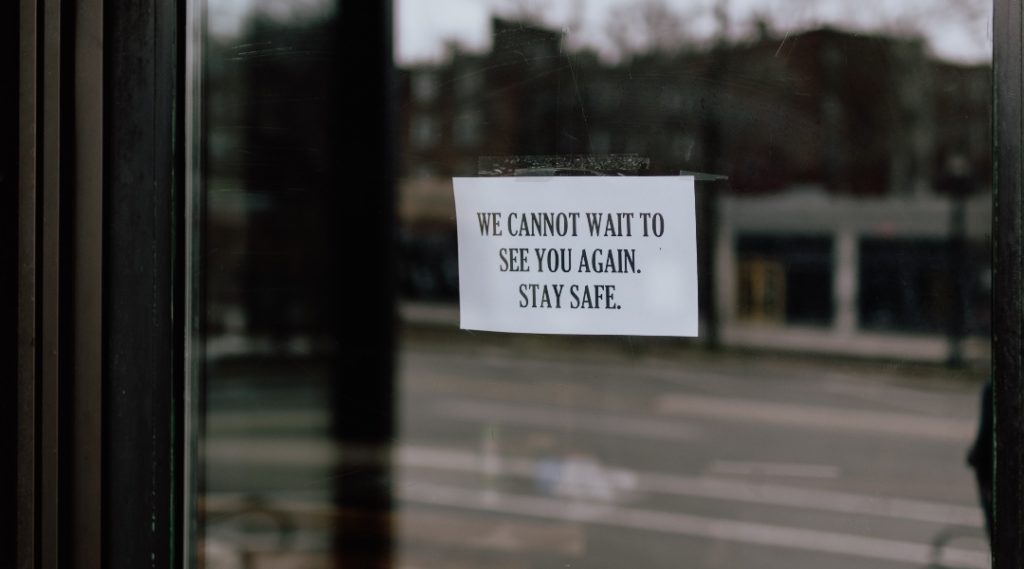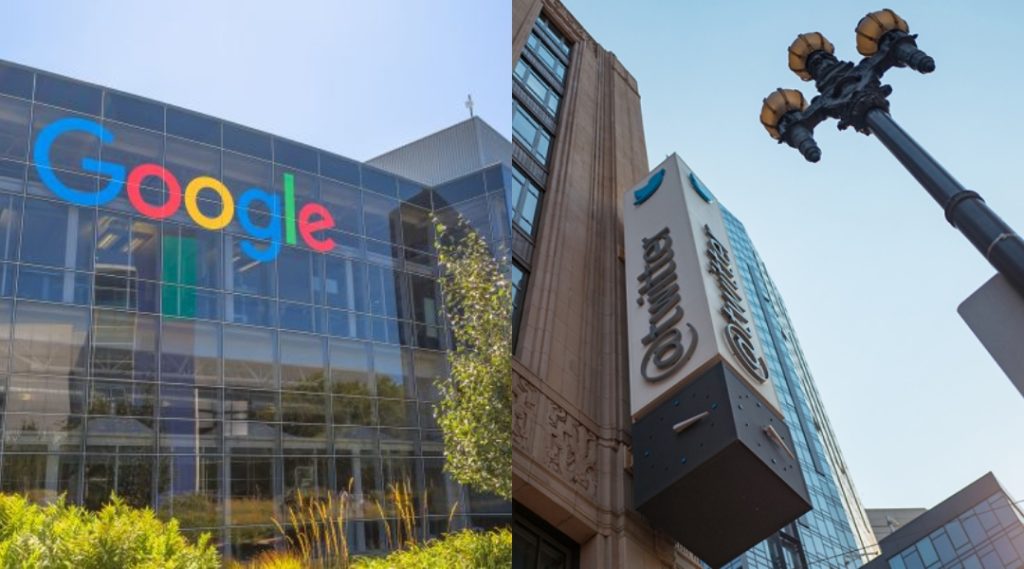Let’s face it, returning to the old normal isn’t going to happen. So, how should companies respond?
As the quarantine measures gradually ease, many of us have returned to work from the lockdown. From staggered set-ups to skeleton workforces, more companies and businesses are starting to open with more mindful considerations. Of course, they still uphold the standard safety guidelines. Although we are told to exercise caution, we couldn’t help but wonder at our general well-being as the pandemic shows no signs of ceasing. With this fear, how can operations resume with similar normalcy we had prior to the lockdown? After all, there remains the aspect of addressing employee concerns, restructuring policies, and updating business requirements. We now have entered the “new normal,” but how should businesses approach this?

Battered by the Pandemic
We have seen how conglomerates responded during the lockdown. Thousands remained in the workforce and are able to live comfortably during the crisis. But what about the micro, small, and medium enterprises or MSMEs? How are they able to survive?
As of 2018, MSMEs make up 99.52% of businesses across the country. When the lockdown was imposed, 77% of micro and small firms and 62% of medium enterprises were forced to close. However, those that remained open experienced an average of 66.5% drop in sales.
Recently, Angie Mead King announced the closure of some branches of Victoria Court. In an interview, she shared the decision with a heavy heart. “Over the next few weeks, I don’t think the hotel and motel operations will be able to produce the same results as we used to,” King said. Overseas Filipino workers have been staying in the motel chain but revenue remains insufficient to support the motel’s employees. King’s case is only one of the many under the hospitality industry that truly took an aggressive hit by the pandemic.


The Future of Office
With the temporary closure of businesses, some adopted a work-from-home arrangement. In April 2020, Zoom claimed to witness 300 million daily meeting participants. This is a skyrocketing increase compared to their 10 million in December 2019. However, it is an obvious fact that not all companies can afford and can thrive in a work-from-home arrangement. The aviation and hospitality industries, for instance, couldn’t operate. In the early days of quarantine, Cebu Pacific already laid off 500 workers while this June, AirAsia Philippines sets to cut off its workforce by 12%, equivalent to 260 jobs.
For other industries, the work-from-home model proves to be feasible. Social media giant Twitter announced to its staff they can work from home “forever.” Earlier, Facebook and Google have similarly stated how the majority of their employees can work in their homes for the rest of the year. For the rest, they can start reporting to the office in July with enhanced safety measures.

With this work scenario, the company can reduce costs—from paying the bills for maintaining a physical office to reducing resources and overhead. Instead, they can reallocate the budget to employees’ needs such as WiFi devices and standard load packages. Furthermore, companies can now have a wider pool of talents to hire from across the globe, as Human Resources don’t need to require people to live close to the office.
The arrangement can only work in certain industries and even then, it remains a case-to-case basis. However, business owners must always prioritize the welfare of their employees over profit, similar to what tycoon Ramon Ang has been doing in San Miguel Corporation. This can be difficult to achieve for MSMEs. But in this global crisis and how we are facing an uncertain future, businesses must keep coming up with ways and offer options that prioritize the health and safety of its backbone, the employees.





